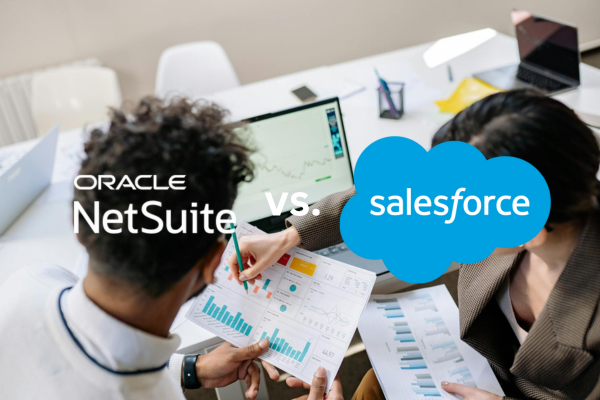According to the Bank of America, credit and debit card spending leapt 40% for people receiving stimulus payments over a two-year period — causing manufacturers to see an increase in factory goods orders. At the same time, global supply chains have been in disarray; a shortage of components, along with the surging prices of raw materials are constricting manufacturers around the world. Increased consumer demand, coupled with a decrease in supply have set the stage for inflation in the manufacturing space.
In this environment, manufacturers may find themselves with no choice but to raise prices. Many are considering how to implement a fair pricing system and how to break the news to buyers amid rising costs. We cover how an attribute-based pricing system can help justify higher price tags and why transparent, data-driven communication is the key to nurturing customer relationships during times of turbulence.
The Rising Cost of Raw Materials
Consumer goods and raw material prices are soaring faster than they have since the Great Recession. The Institute for Supply Management (ISM) has stated that the index of prices paid for raw materials has surged to 92.1 — a hike unmatched since the oil crisis of 1979. The World Bank's 2021 Commodity Markets Outlook echoes this sentiment, revealing that the 2021 average price of raw materials is expected to grow 10% year-over-year.
Manufacturers’ Pricing Strategies
A survey fielded by the National Association of Manufacturers found manufacturers are using a variety of strategies to cope with cost increases; 35% are passing most or all additional costs onto the consumer; 46% are re-evaluating their current suppliers; 55% are reducing profit margins; and 57% are passing some costs onto the consumer.
A large portion of the manufacturers surveyed (92%) indicated they are passing anything from all to some price increases onto buyers. While raising prices may put some manufacturers at a competitive disadvantage, sound strategies can help them make the most of the situation.
Nurturing Customer Relationships with Salesforce
Typically, a procurement teams' first line of defense is to unlock lower sourcing costs — by initiating negotiations, consolidating purchase orders, or creating new suppliers. If this method proves to be unsuccessful, companies may be left with no choice but to increase prices.
Transparency is critically important when discussing price increases with customers and distributors. Buyers are generally much more understanding and appreciative when salespeople share concrete, data-based information about the initiatives they have pursued to avoid raising prices — such as changing suppliers or investing in equipment to slash operational costs.
A robust solution like Salesforce grants sales representatives instant access to sales agreements, contracts, sales volumes, throughput, and material indexes. Rather than manually producing reports and gathering data from disparate systems (which can take hours or days). Salesforce's automatic reporting functionality enables teams to generate accurate, consistent insights fast — enabling salespeople to present quality data at meetings.
Data-backed information facilitates productive and honest conversations with customers: the backbone of a good business relationship. A buyer who understands that a manufacturer has done everything in their power to avoid raising prices is less likely to take their businesses elsewhere — regardless of the pricing outcome.
An Attribute-Based Pricing System
Should a manufacturer face the daunting task of increasing prices, offering a surpassed level of quality can justify a higher tag. A cost-plus structure may seem like an acceptable approach to pricing because it aims to produce similar margins across offerings — but some customers are willing to pay more for value-based products and services.
Manufacturers can use various tools to set prices based on a product’s value compared to competitors’ alternatives. According to McKinsey, an air-driven liquid pumps manufacturer built an attribute-based pricing system using a four-step process that included:
- Segmenting the portfolio of standard products into groups with similar characteristics based on list price.
- Identifying key product characteristics for each segment, from size to power consumption, and performance attributes, such as pressure and area ratio.
- Using multivariable regression to build "price-setting equations" based on all key product characteristics and performance attributes.
- Calibrating recommendations based on the sales team's experience and knowledge of the competitive landscape.
With a systematic pricing system, salespeople can price products more accurately, provide customers and distributors with concrete reasoning behind each product's price hikes, and distinguish products from their competition.
Wrap-Up
We believe real-time, quality data is among the most robust tools at your disposal — particularly in an industry where everything can change at the drop of a dime. Access to accurate facts and figures equips decision-makers with the information they require to take on the unexpected.
At Gerent, manufacturing is our most prominent area of focus. We deeply understand the industry's challenges during these inflationary times — and we are here to give you a helping hand. We have helped numerous manufacturing organizations implement Salesforce products and subsequently thrive. Our project completion rate is faster than other Salesforce implementation partners, ensuring you see results and value for your business sooner.
Whether you need a soundboard or you want to dive right into a project, we're here to help you move forward. Connect with us to see how we can help your organization reach new heights!










